Cardiff, Wales
The History of Cardiff By Marco Stojanovik The city of Cardiff is the capital of Wales, surrounded by beautiful scenery at its location on the Bristol Channel at the mouth of the River Taff. From its…
2 May 20 · 4 mins read

The History of Cardiff
By Marco Stojanovik
The city of Cardiff is the capital of Wales, surrounded by beautiful scenery at its location on the Bristol Channel at the mouth of the River Taff. From its historical humble beginnings as a Roman fort and small town throughout the middle ages, the city has developed significantly over the last 200 years playing a key role in Welsh history as an industrial center. Today modern Cardiff continues to serves as the country’s center of commerce and the prime hub of cultural, political and media institutions. This article explores the city’s history, tracing its development to prominence, in order to assist you in your tour of Cardiff.
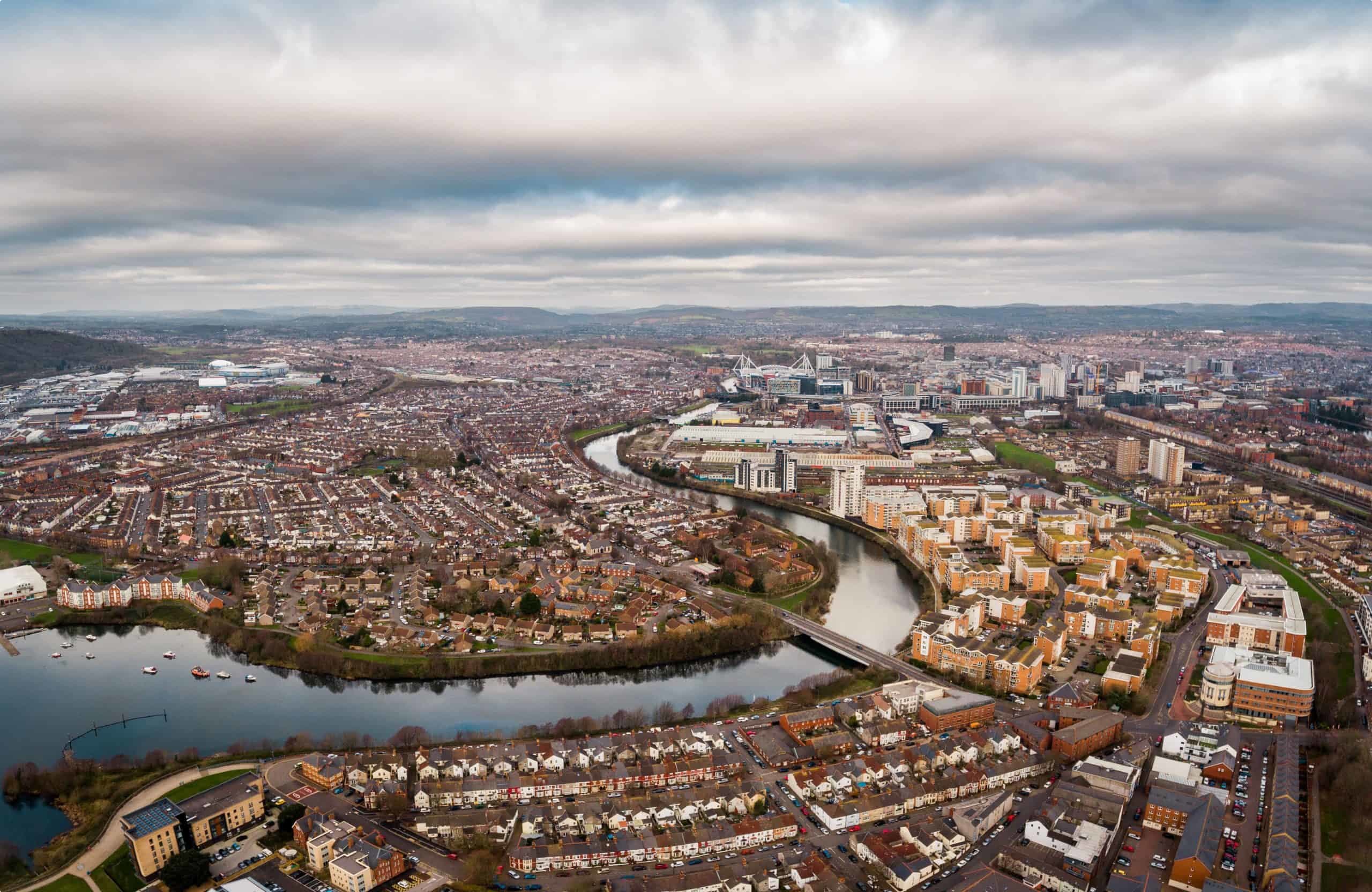
Ancient Origins
People have lived in the Cardiff area for at least 6,000 years ago since the Neolithic times, with it being part of the territory of the Celtic tribe the Silures when the Romans arrived in the first century CE. Following their conquest of Britain, the Romans built a small fort there in 75 CE as one of a series of military outpost defenses.
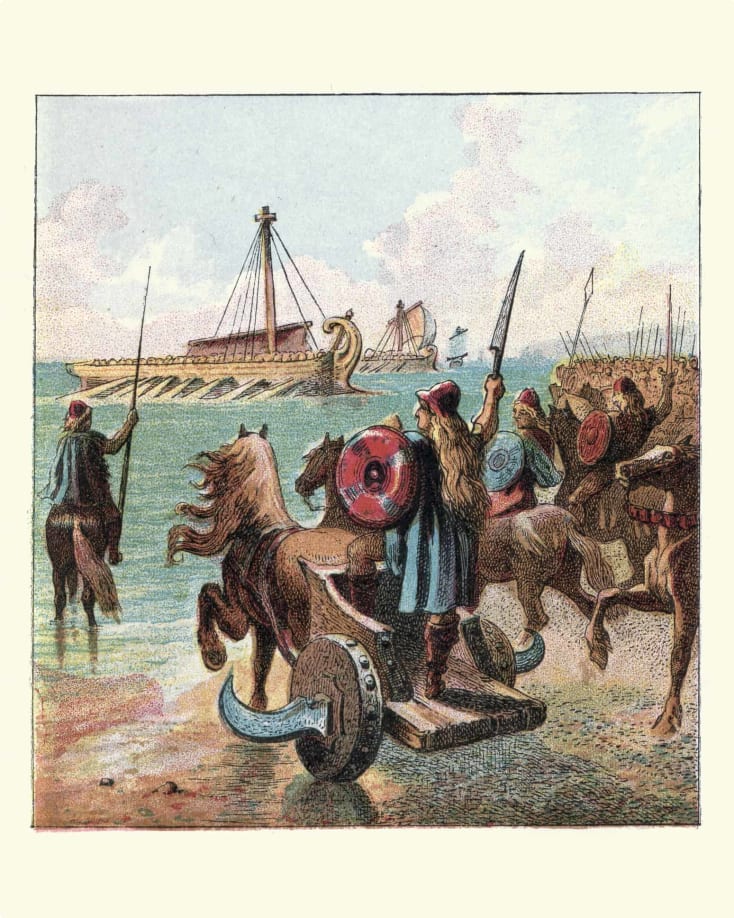
The fortress was probably abandoned in the early 2nd century once the Silures had been pacified but the settlement of traders and retired soldiers around the fort continued to thrive and grow.
Norman Occupation & The Middle Ages
The Roman empire relinquished control over Britain and departed in 407. Not much is known about the fort and civilian settlement in the period from the Roman departure to the Norman Conquest of Britain in 1066.
The Normans immediately fortified their newly acquired territory and by 1081 Roman landowner Robert FitzHamon had built a fortification within the remains of the Roman fort. For the next 450 years the lords of Glamorgan governed the country from this castle on behalf of the English crown.
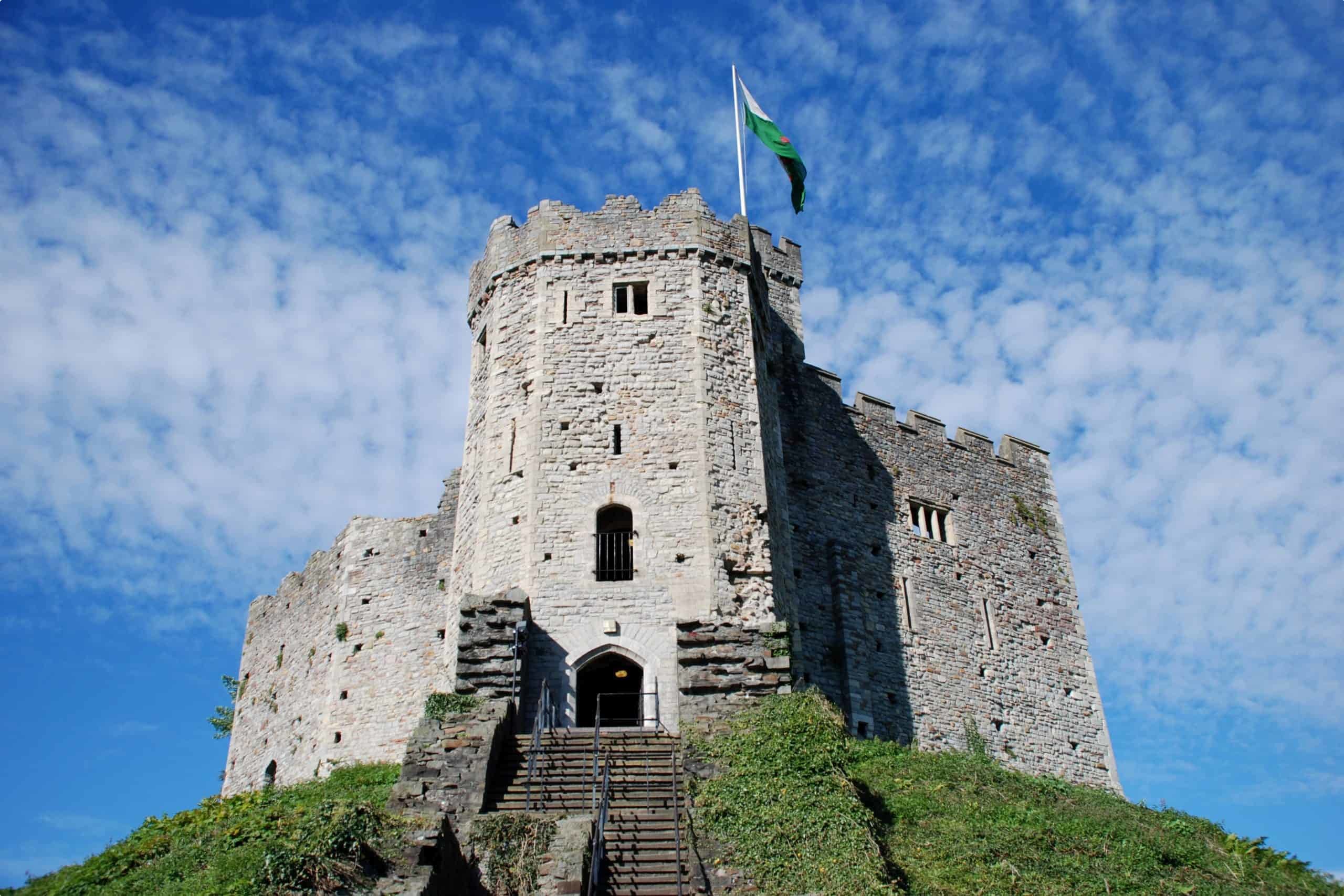
A small town quickly emerged around the castle growing to a population of about 1,500 during the middle ages, a significant size in this period. It was of sufficient importance to be awarded a series of local lord and crown charters that enshrined its status as a staple port with various trading privileges.
In 1404 Owain Glyndwr burned Cardiff during his rebellion against the English crown and overtook the Castle. Much of the town, consisting of tightly packed timber buildings, was destroyed. But the town was soon rebuilt growing again to its previous size and status.
Marquis of Bute and the Industrial Revolution
In 1550, King Edward VI created the title of lord of Cardiff and handed it to the Herbert family of South Wales, later in 1776 passing through marriage to the marquess of Bute. The Bute family would go on to greatly influence the development of Cardiff.
In 1794 the Butes opened the Glamoganshire Canal joining Cardiff with the iron ore mines around Merthr Tydfil to the north. Then in 1839, John Crichton-Stuart, 2nd Marquess of Bute, constructed a basin and dock at Cardiff, and connected them soon after with more of the industrial and mining hinterland through railway.
In doing so, Cardiff was able to dominate coal exports, becoming the main port of exports from the Cynon, Rhondda, and Rhymney valleys. And by its peak in 1913, Cardiff had become the biggest coal-exporting port in the world with more than 10 million tons of coal leaving in that year alone.
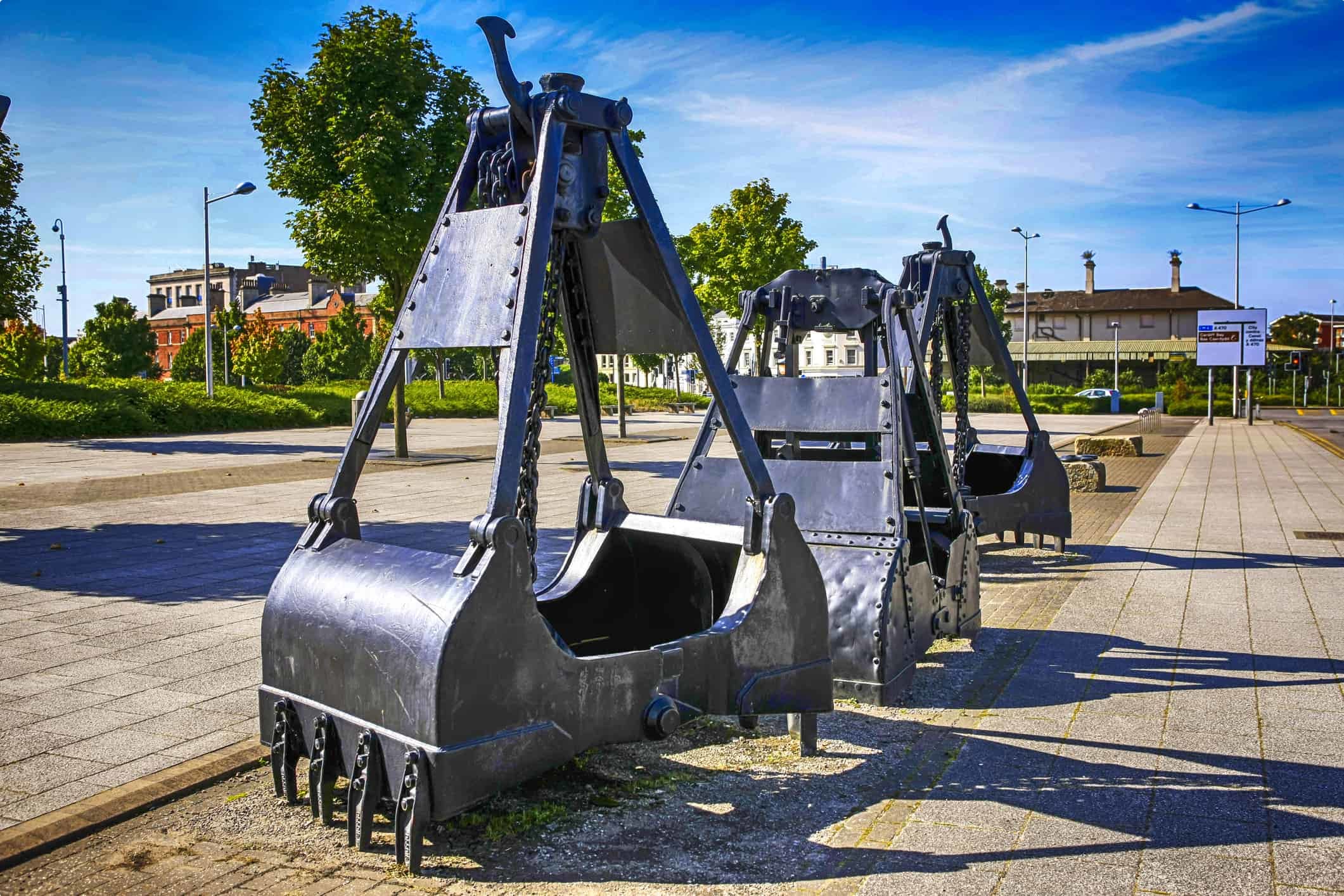
The success of the coal and iron ore mines attracted mass migration to the town, its population growing rapidly at a rate of nearly 80% per decade between 1840 and 1870. By 1881, Cardiff had become the largest town in Wales. And by the first half of the 20th century, its population had reached 250,000 – a substantial increase from 1,870 in 1801!
The Butes further added to the development of Cardiff by renovating Cardif castle as a place of residence and by granting to the public the beautiful land adjoining it, creating Bute Park, Sophia gardens, and Cathays Park civic centre.
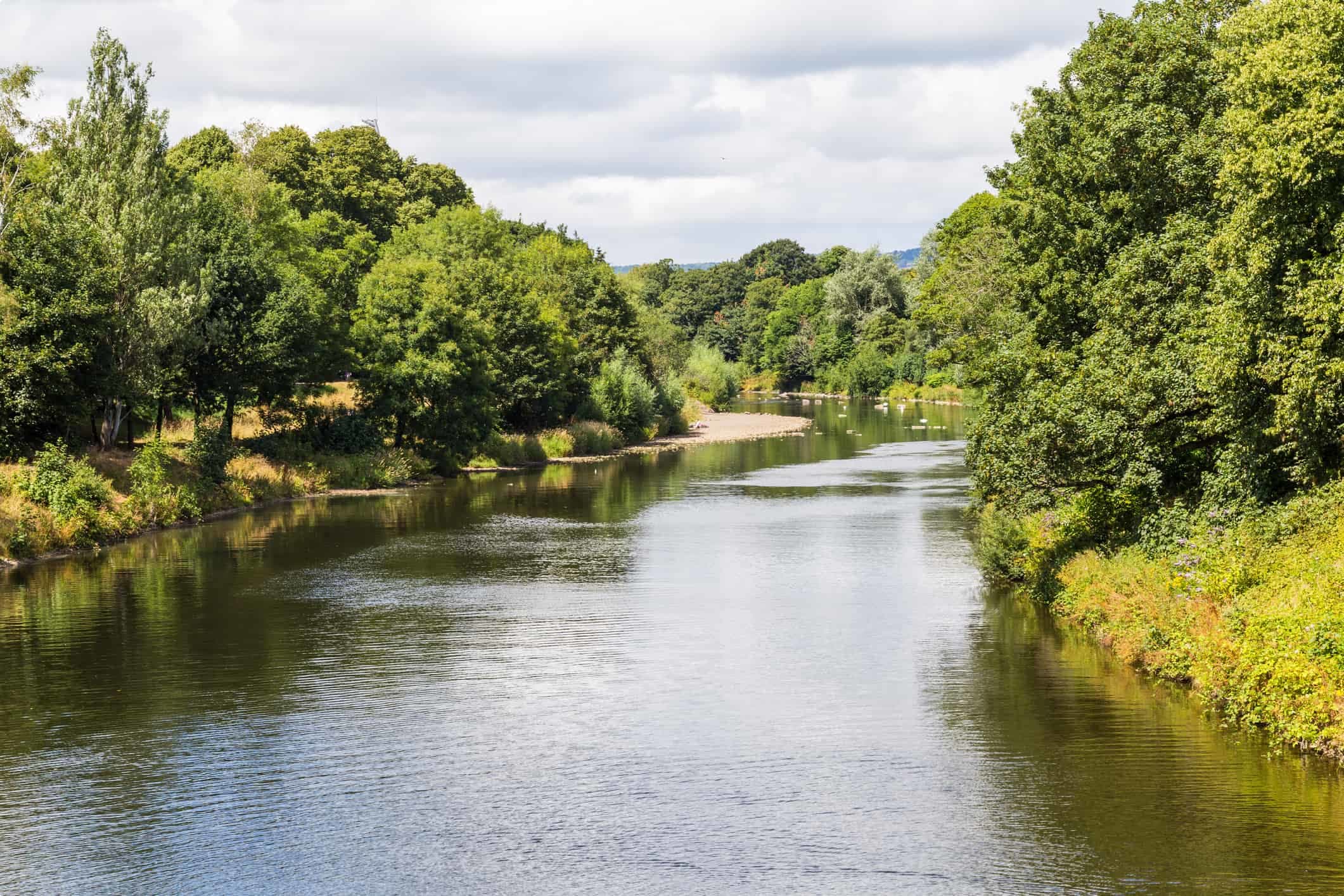
City Status
In recognition of its economic and industrial success, King Edward VII granted Cardiff city status on 28 October 1905. The building of national institutions soon followed including the National Museum of Wales and the Welsh national War Memorial.
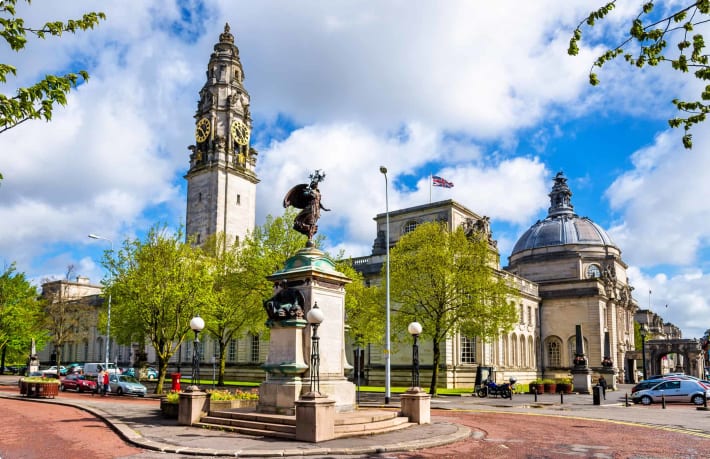
Despite the port’s coal trade declining dramatically after 1918, the Depression years, and extensive damage by German bombs during the Cardiff Blitz in World War II, the city remained the largest city in Wales, with a diverse population comprised of many different ethnic groups and a hotspot for work and investment.
As such it was proclaimed capital of the country on 20 December 1955. Today it is an important center of administration, industry, commerce, entertainment and culture with many assets that reflect its capital status including the Millennium Centre, the Millennium Stadium, and the Cardiff bay Barrage – one of the largest civil engineering projects in Europe during the 1990s.

And with a growing population of now over 300,000, and a plethora of cafés, shops, hotels, apartments, and entertainment hubs the city continues to thrive as a vibrant and welcoming place for all to visit and experience.
Articles on Wales published by Odyssey Traveller.
- History of Wales: The Definitive Guide
- Questions About Wales
- Snowdonia National Park, Wales
- Millennium Coastal Path, Wales
- Caernarfon Castle, Wales
External articles to assist you on your visit to Wales.
Related Tours

17 days
Mar, SepTour of Wales
Visiting Wales
Join Odyssey Traveller on this tour small group guided tour of Wales, an unforgettable travel experience through varied landscapes from south Wales to north Wales and back, travelling on the coast overlooking the Irish Sea and through picturesque Welsh villages, starting in Cardiff city centre.
From A$14,375 AUD
View Tour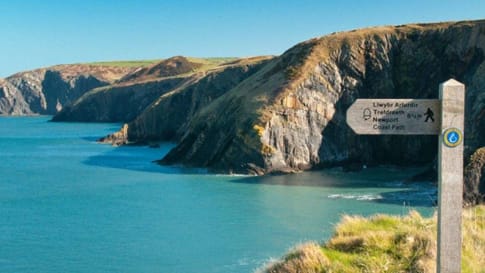
13 days
AugExploring Wales on foot : small group walking tours for seniors
Visiting Wales
A Walking tour of Wales with spectacular views across as you walk the millennial path across the Irish sea or up in Snowdonia national park. This guided tour that provides insight into the history of each castle visited and breathtaking scenery enjoyed before exploring the capital of Wales, Cardiff with day tours of Wales from Cardiff. For seniors, couples or Solo interested in small groups.
From A$11,340 AUD
View Tour

